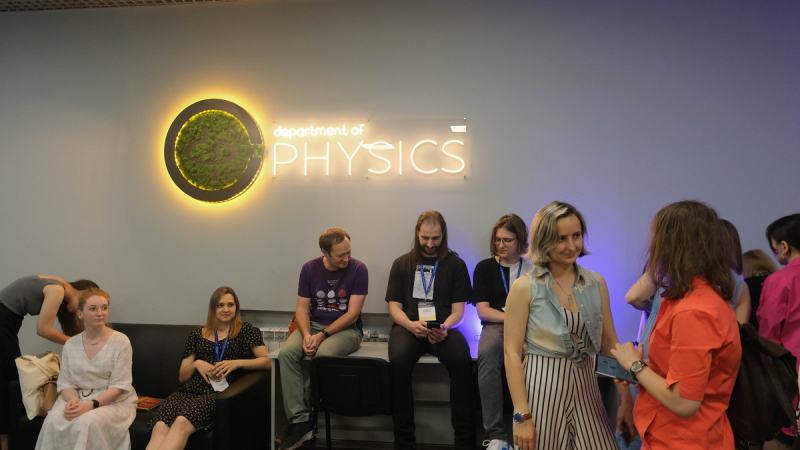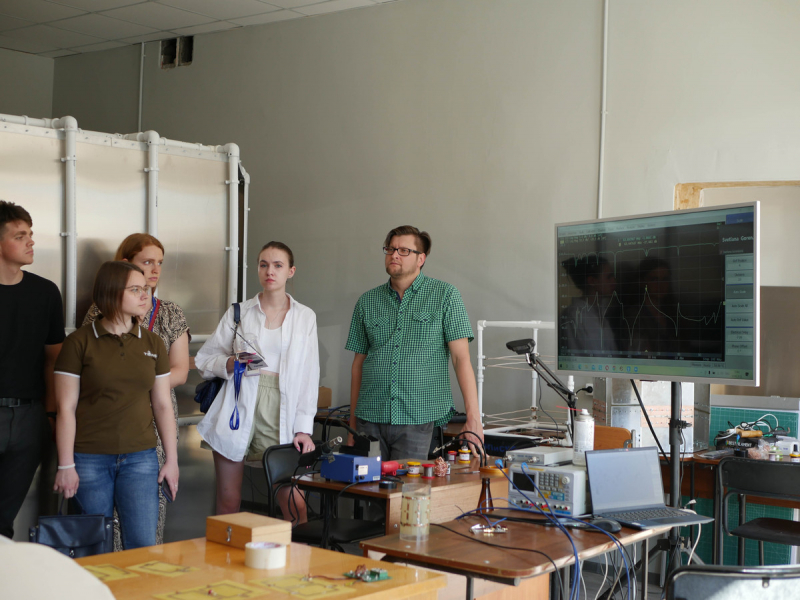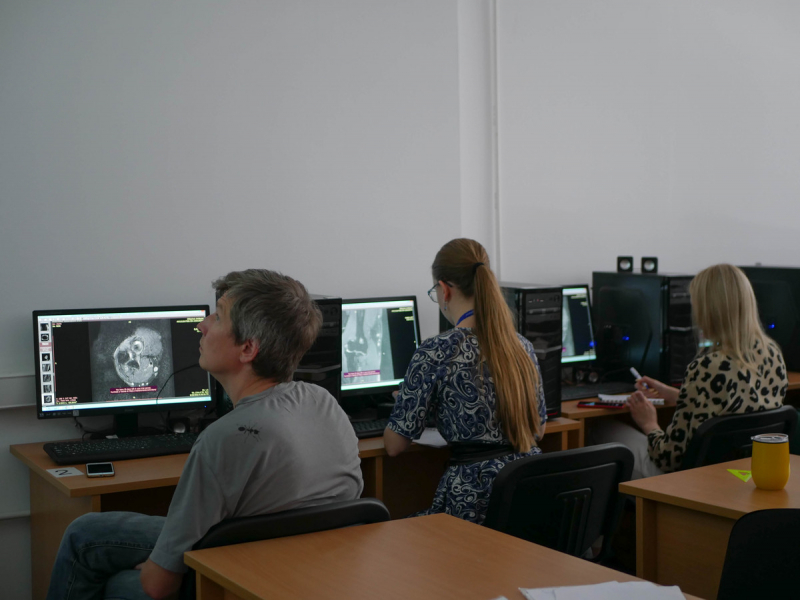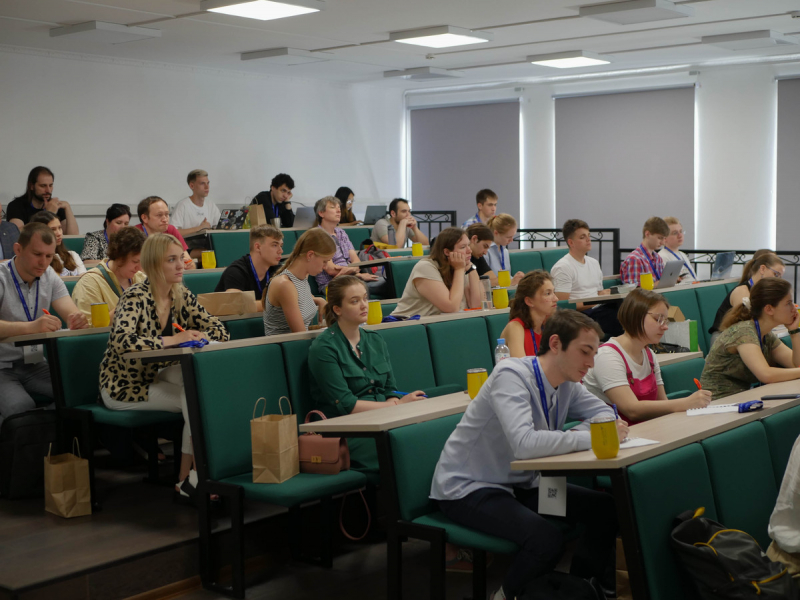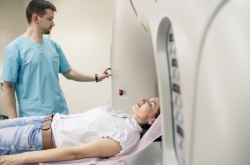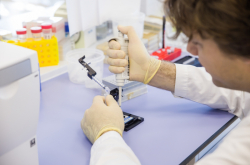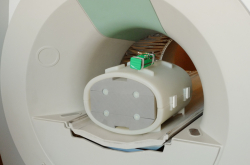The Magnetic Resonance Imaging School lasted six days, its curriculum based on the “from the simple to the complex” principle. The first lecture was given by Professor Carlos Cabal of the University of Havana (Cuba). The professor spoke to the participants about the nature of MRI, the variety of devices used in scanning and how they work, as well as what methods other than tomography are available today – such as nuclear magnetic resonance spectroscopy or high-field MRI.
Participants with a more advanced background knowledge of MRI were invited to join lectures on the various aspects of the technology: spatial encoding, visual artifact countermeasures, radiofrequency coils, and others. In addition to the lectures, the organizing team expanded the program with several workshops: Ekaterina Brui conducted a practical class on response modeling of pulse sequences; Anna Kaznacheeva spoke about the structure of a tomograph and the differences between assorted models and their applications; Georgiy Solomakha demonstrated ITMO’s microwave laboratory and held a workshop on radiofrequency coils.
The school’s speaker line-up also included researchers from Kazan Federal University and Lomonosov Moscow State University, who presented research in the field of diffusion MRI and pre-clinical high-field MRI. There were industry members, too, such as Petr Menshchikov from Philips Healthcare, who spoke about the company’s solutions in the field of MRI that are currently in development. The discussions also touched upon the future of MRI and the promising technologies that have the capacity to change the appearance and inner structure of tomography units, as well as the entire approach to this type of diagnostics.
On the final day, the participants were invited to a tour of the Almazov Center and a series of lectures from top roentgenologists. The experts demonstrated how MRI is used to examine various organs like the brain, heart, or muscle and bone tissue. For the students, this was an excellent opportunity to examine the devices more closely and find out how they work.
One of the school’s partners was the cosmetological association CLASS, which presented grants to the top students to cover their travel expenses. The organization specializes in defending the rights of medical clinics and consumers in the field of laser cosmetology, develops and introduces measures against illegal cosmetological services and counterfeit products, and provides assistance in the selection of certified equipment.
According to one member of the organizing team, researcher Alena Shchelokova, the school’s program turned out to be quite diverse, allowing the team to attract guests from varying fields: from physicists and engineers to medical specialists.
Alena Shchelokova. Photo by Dmitry Grigoryev / ITMO.NEWS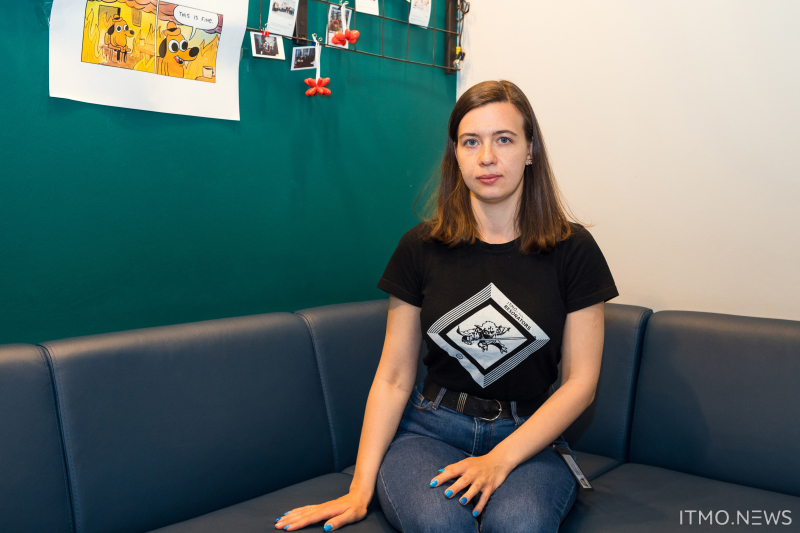
“Our faculty has been dealing with MRI for quite a long time – more than eight years. We’ve decided that it’s time to share our knowledge and experience with the younger generation of researchers who are either already involved with the subject or are considering focusing their career on MRI. We also wanted to show them around our faculty and invite them to our programs, such as this autumn’s new addition Wireless Technologies – which covers MRI among other things. For prospective Master’s students, we have the program Physics of Radio-Frequency Technologies. And lastly, the school is a great place to socialize and exchange experience with Russian researchers, doctors, engineers, and students who are all involved with MRI. We plan to make this an annual event,” says Alena Shchelokova.
In total, the school brought together more than 70 participants (both online and offline) from St. Petersburg, Moscow, Dimitrovgrad, Voronezh, Kazan, Novosibirsk, Krasnodar, Tomsk, and Minsk (Belarus).
Ekaterina Rabosh
participant of the school, engineer
Ekaterina Rabosh. Photo courtesy of the subject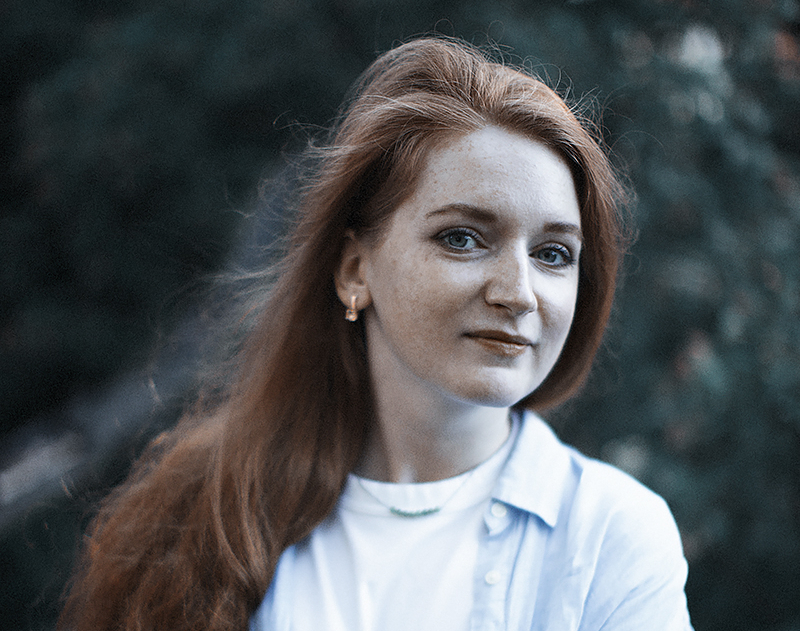
I come from a different scientific field, namely optics (holography). There was never any express need for me to learn about MRI for professional purposes, nor have I encountered this technology very often in personal life. My knowledge of MRI and especially fMRI has been limited to scientific papers and pop-sci literature that concerned the visualization of brain function. The interest in this is probably what drove me to join the school.
The week I spent at the school was very intense and beneficial. We attended lectures on the fundamentals of MRI (the mathematical framework, spin physics, spectroscopy) and practical classes and got to learn about the engineering and technological aspects of this method. There were a lot of interactive materials. I always knew that MRI is a very illustrative method, but it has turned out to be even more so than I thought. I took part in a very lively discussion and learned to identify artifacts in images acquired during clinical studies, as well as to establish cause-and-effect connections between these events. When the school ended, I felt this great sensation of change – it’s healthy to dive into a new subject every once in a while, to distract yourself from your primary activities. I learned about the general theory and the quantitative processing methods, once again becoming convinced in the importance of well-done visualization of data. I feel that I’ve picked up many things that will be useful in my work, too.
Maria Matrosova
participant of the school, roentgenologist, Research Center of Neurology, European Medical Center (Moscow)
MRI school participants Maria Matrosova and Mikhail Matrosov. Photo courtesy of the event team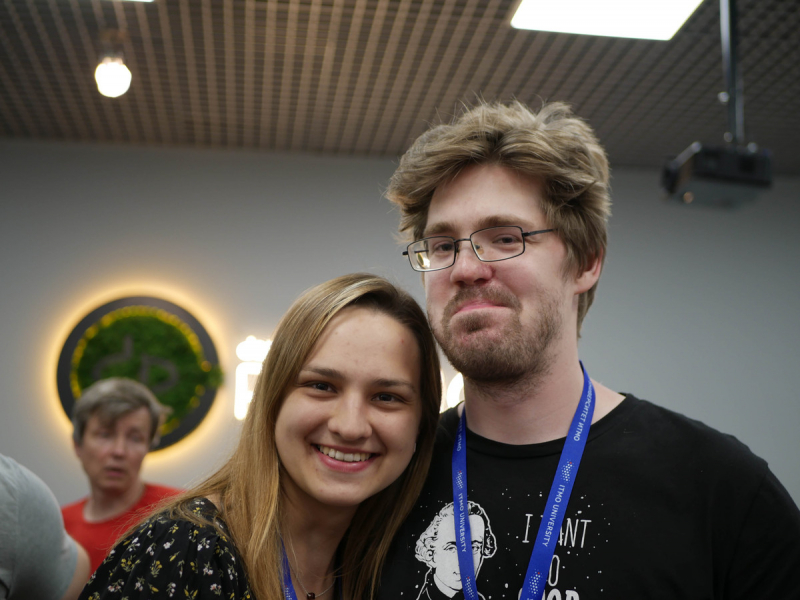
First of all, I’d like to thank the lecturers and the organizers of the school. It was very helpful and interesting. Not being a physicist, I naturally had difficulty understanding some things, but I can say for sure that my understanding of the fundamentals of MRI has increased manifold. As a roentgenologist, I’ve always been interested in understanding the nature of this method that I use every day in my practice. In my opinion, it’s not just interesting, but also crucial if you want to better understand and interpret the things you see in MR images. This school is a great source of motivation and an opportunity to spend a whole week digging into the material and talking to like-minded people. I very much hope to be here next year.
